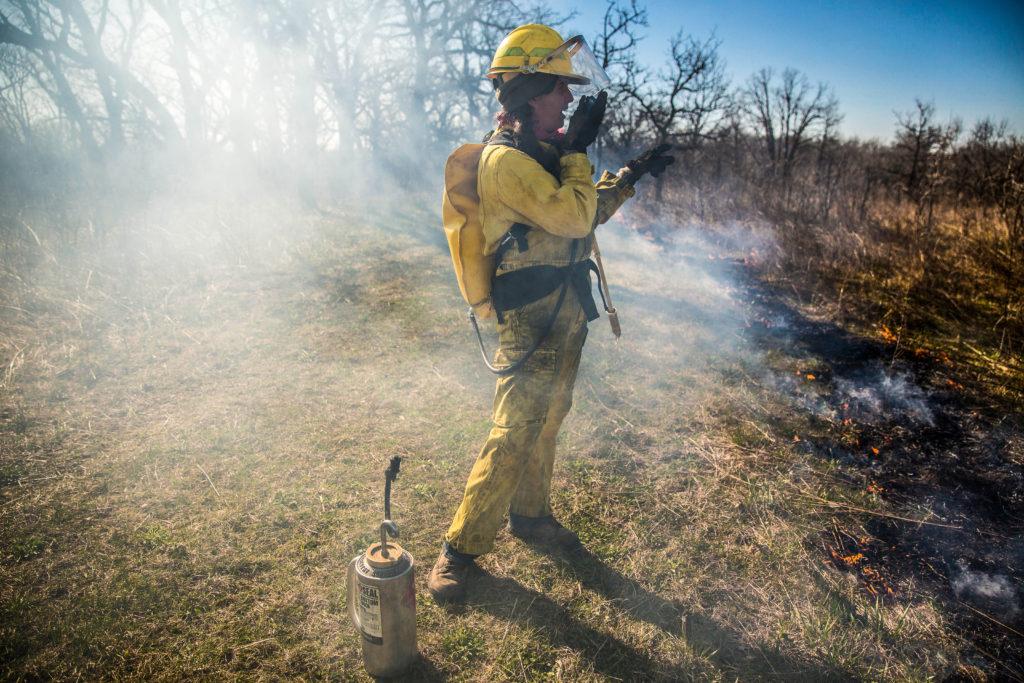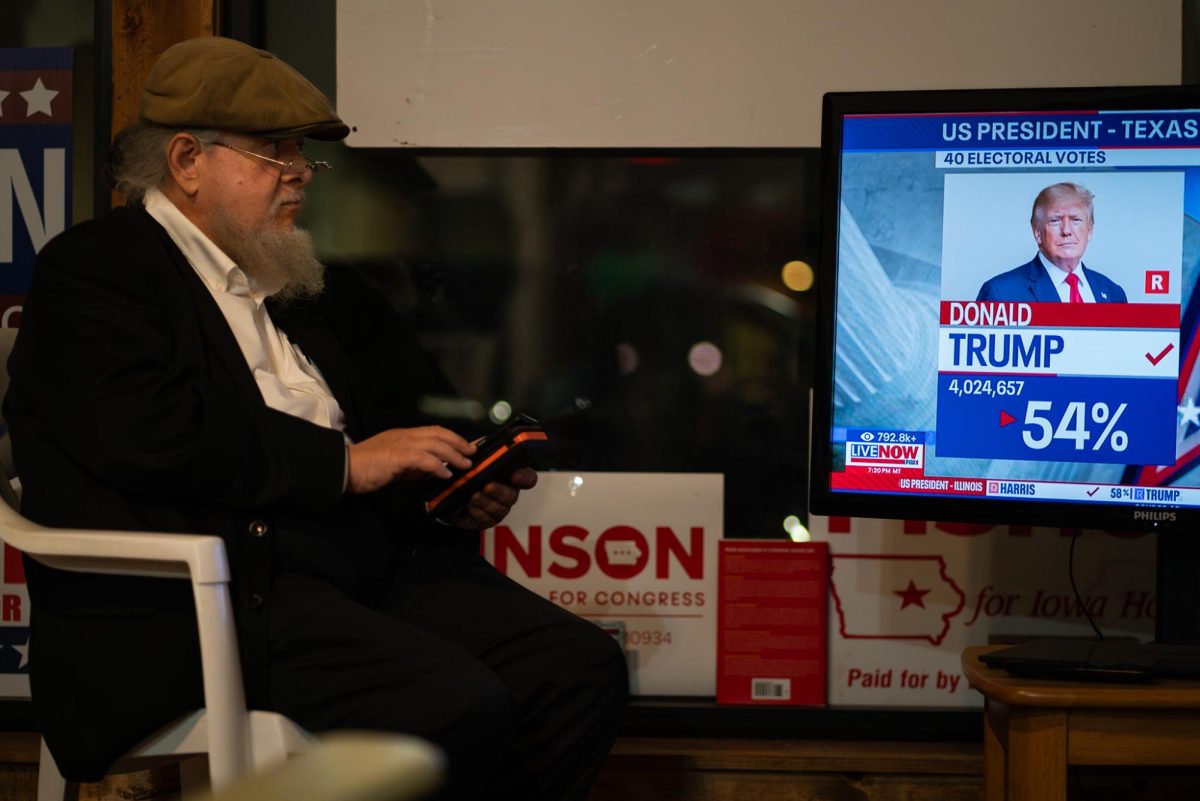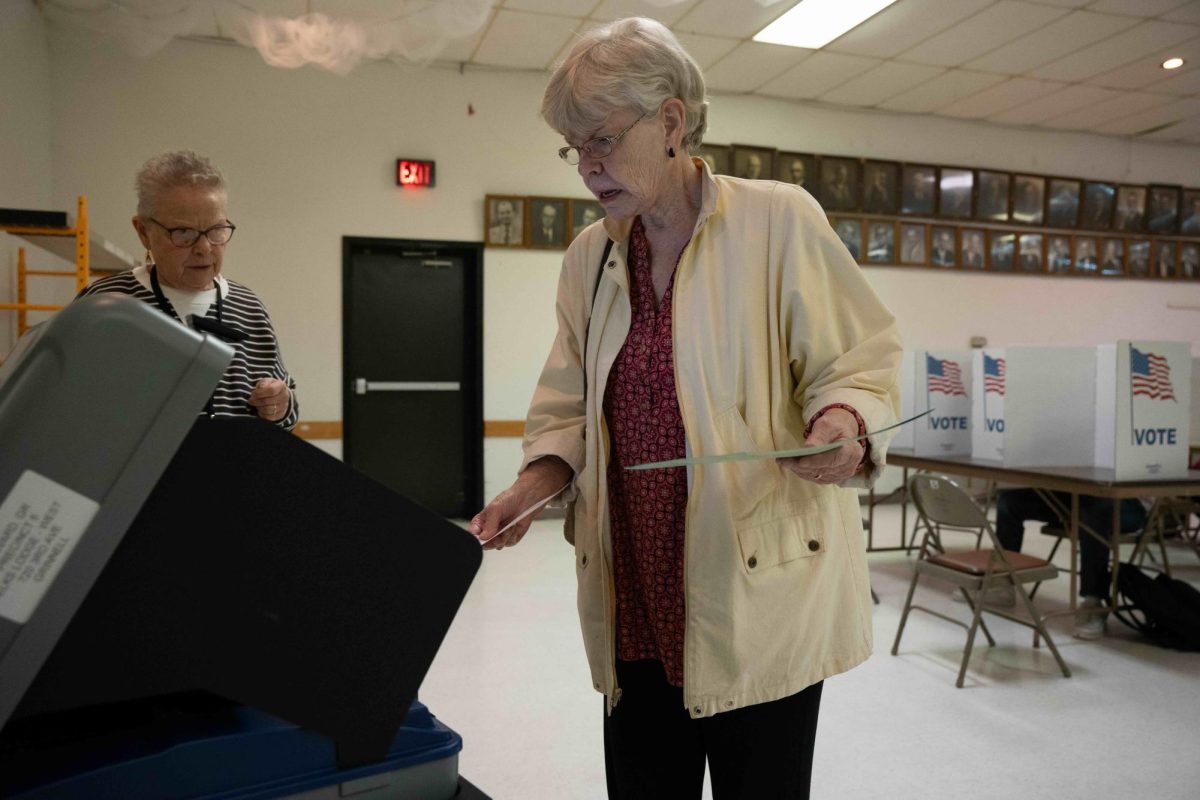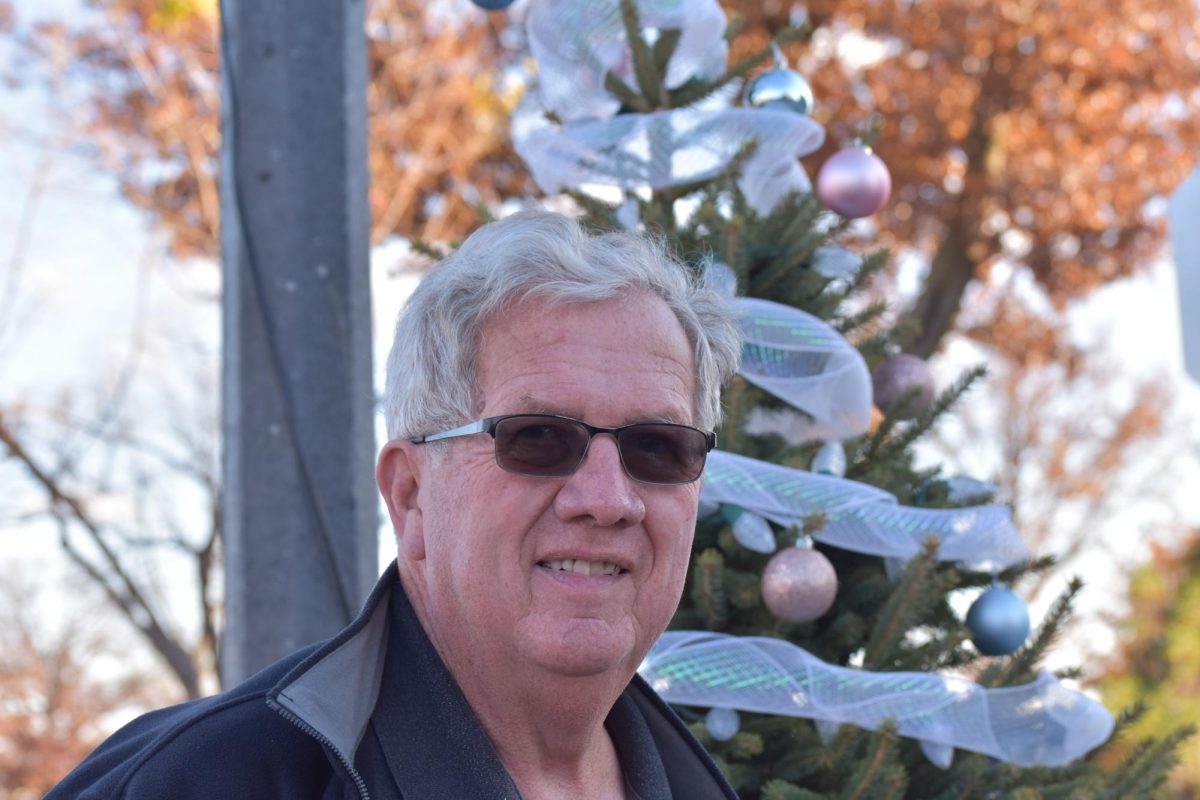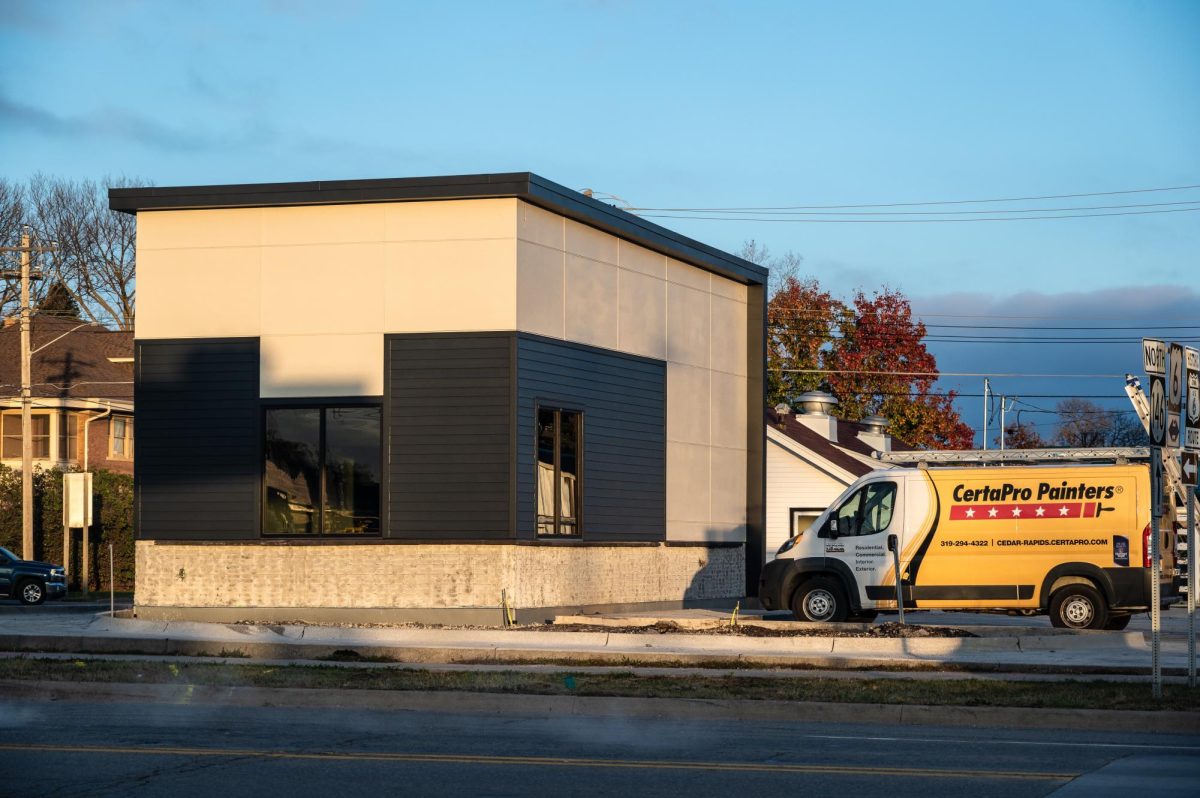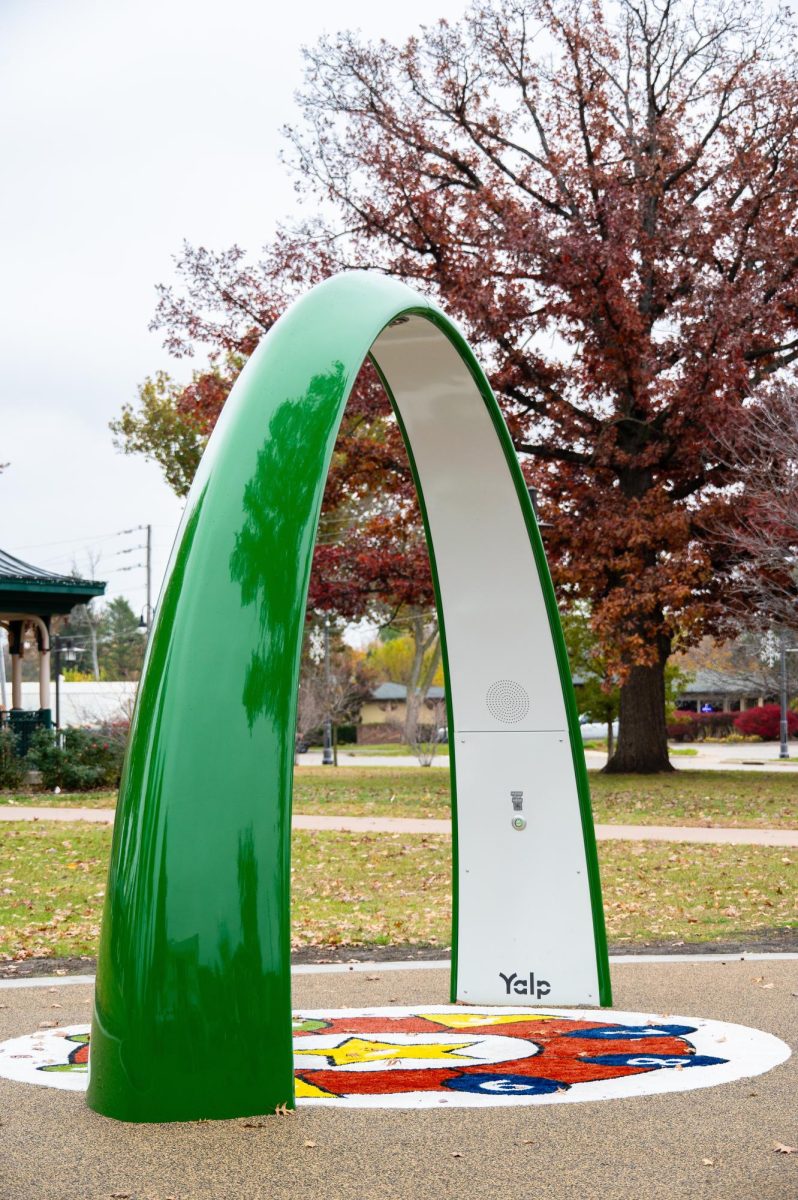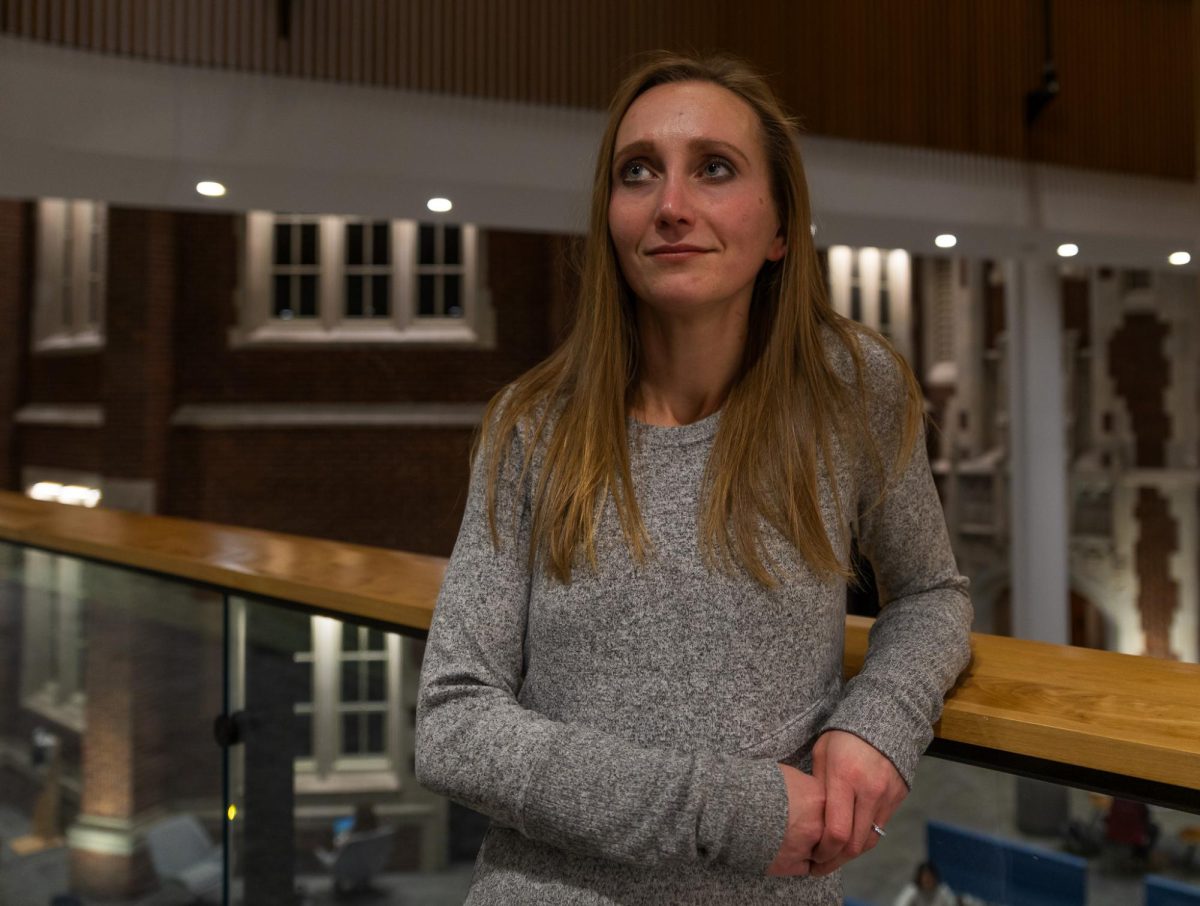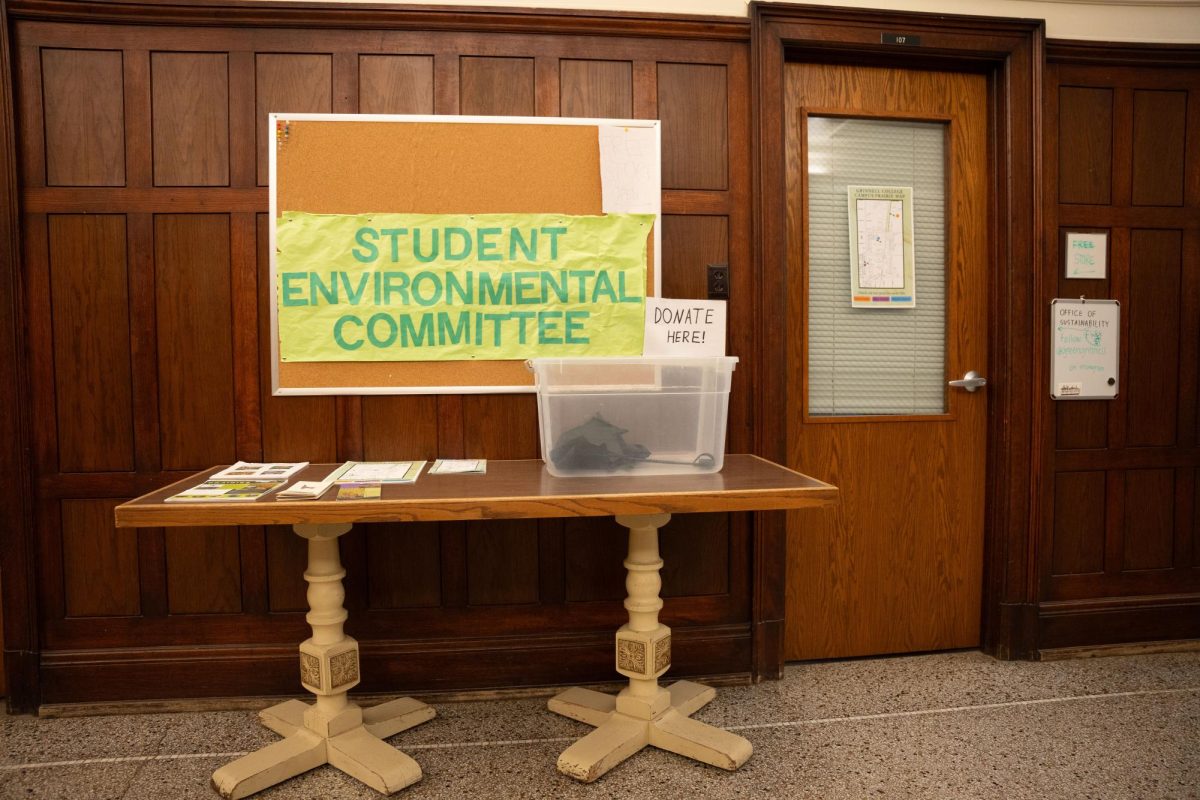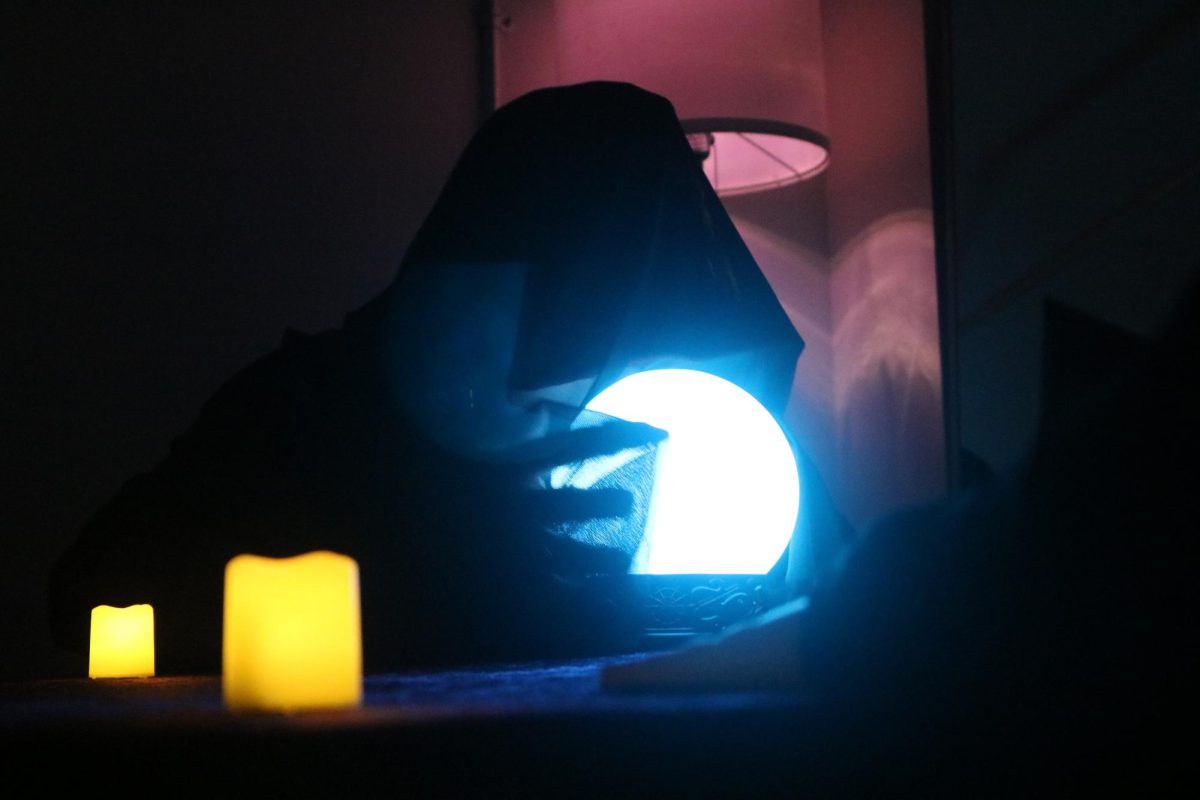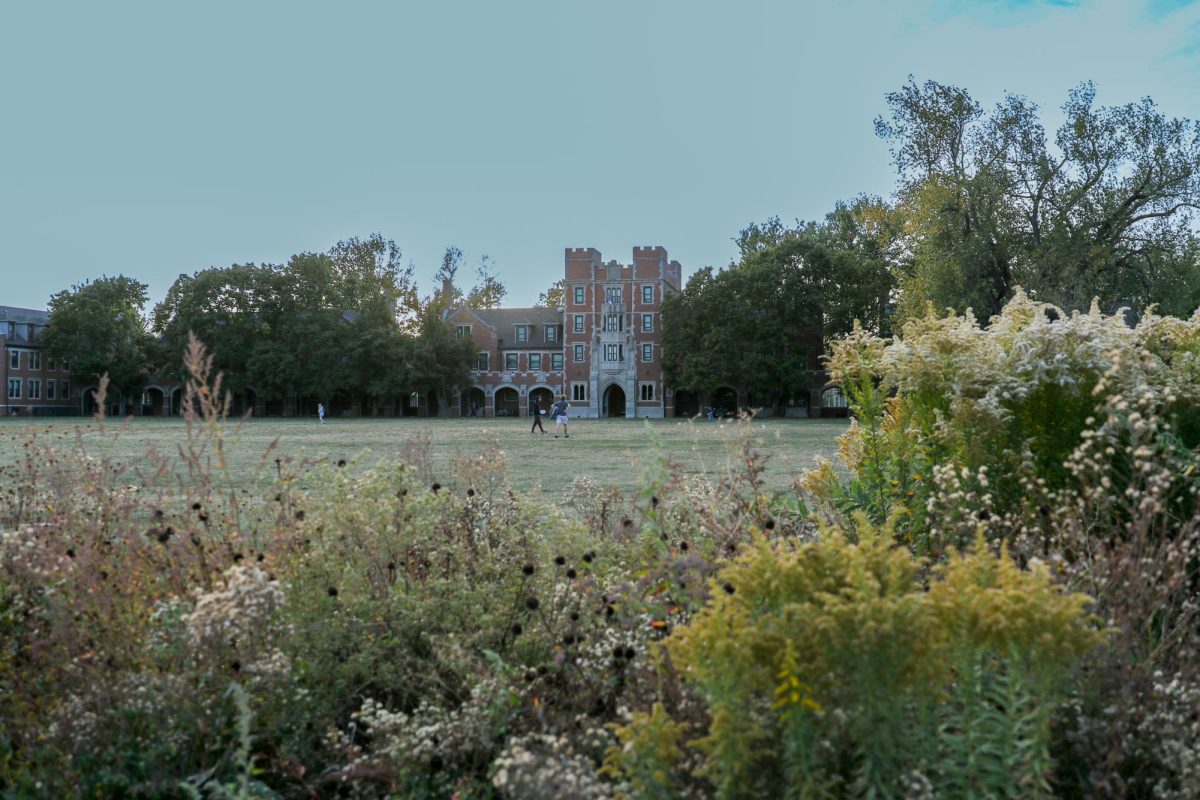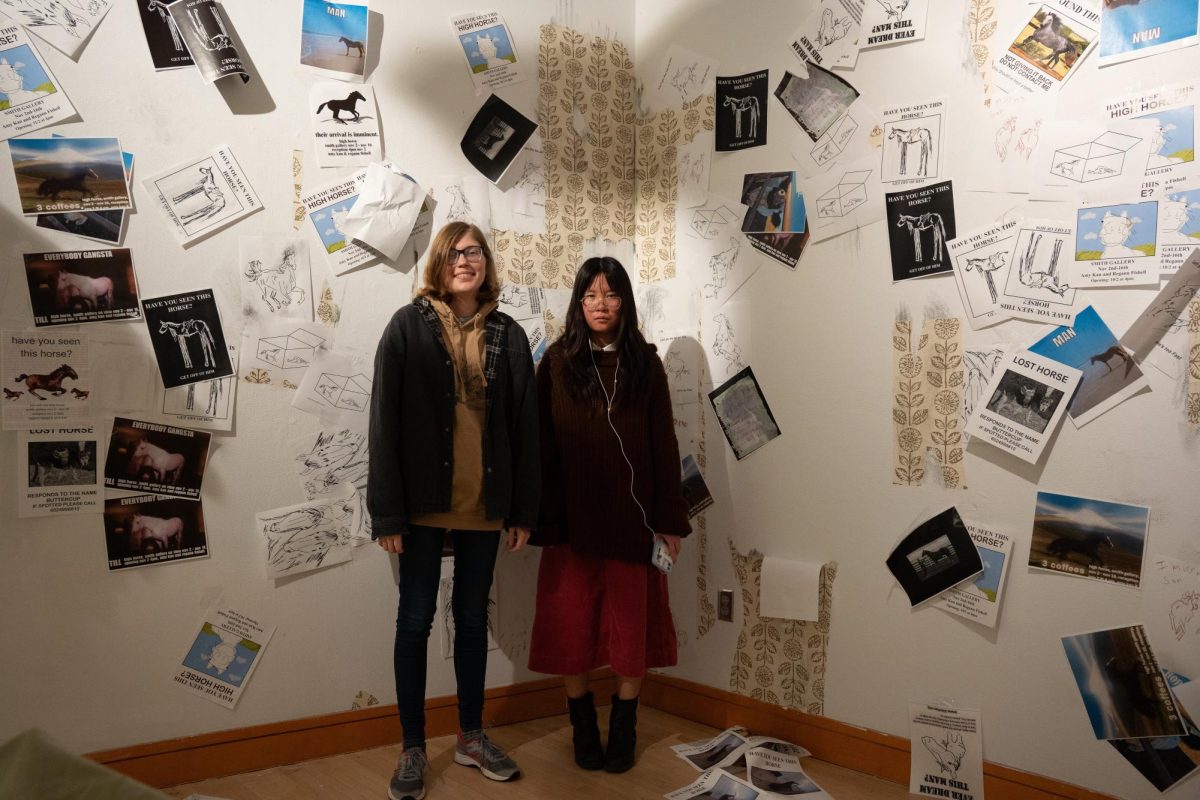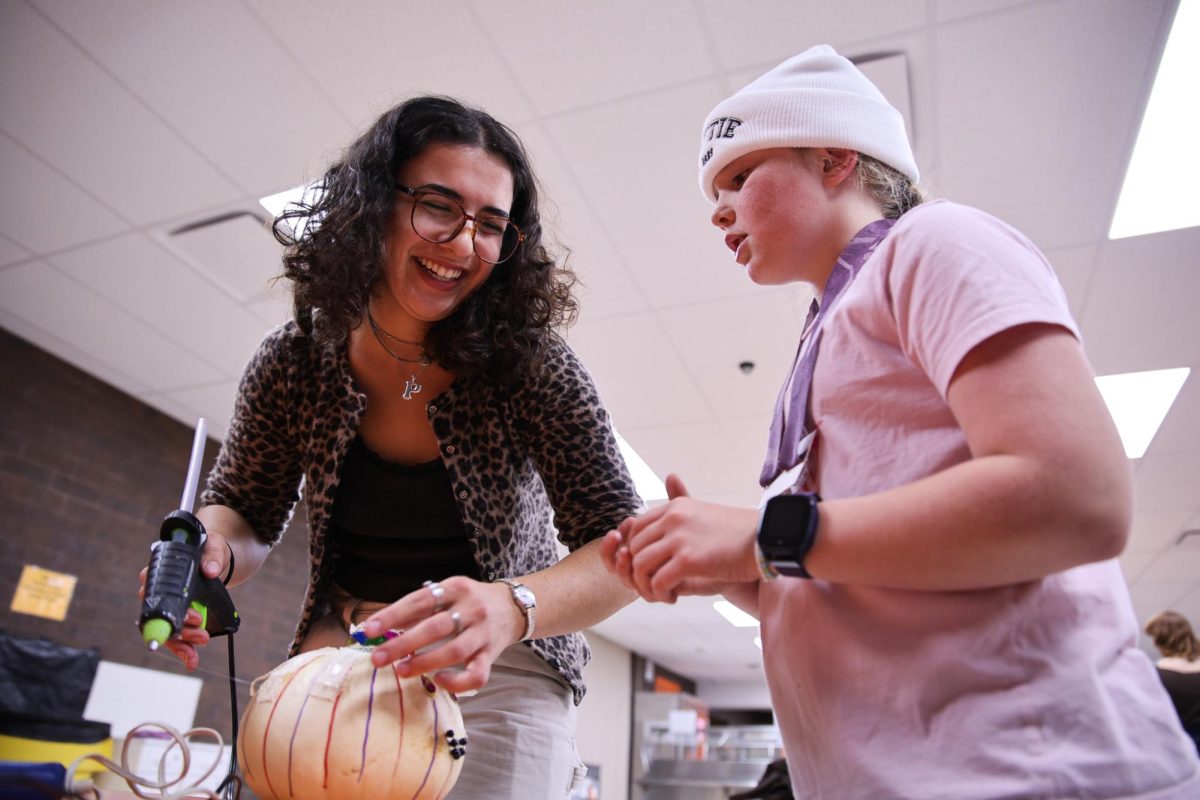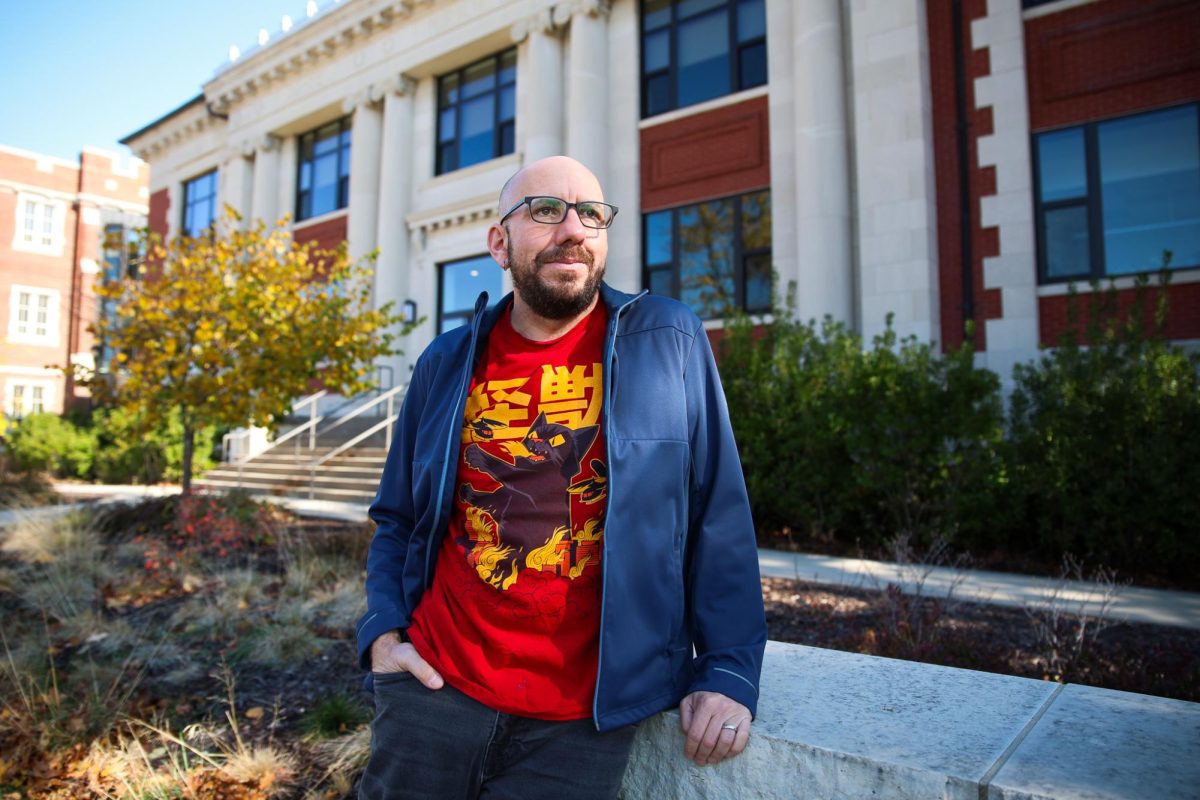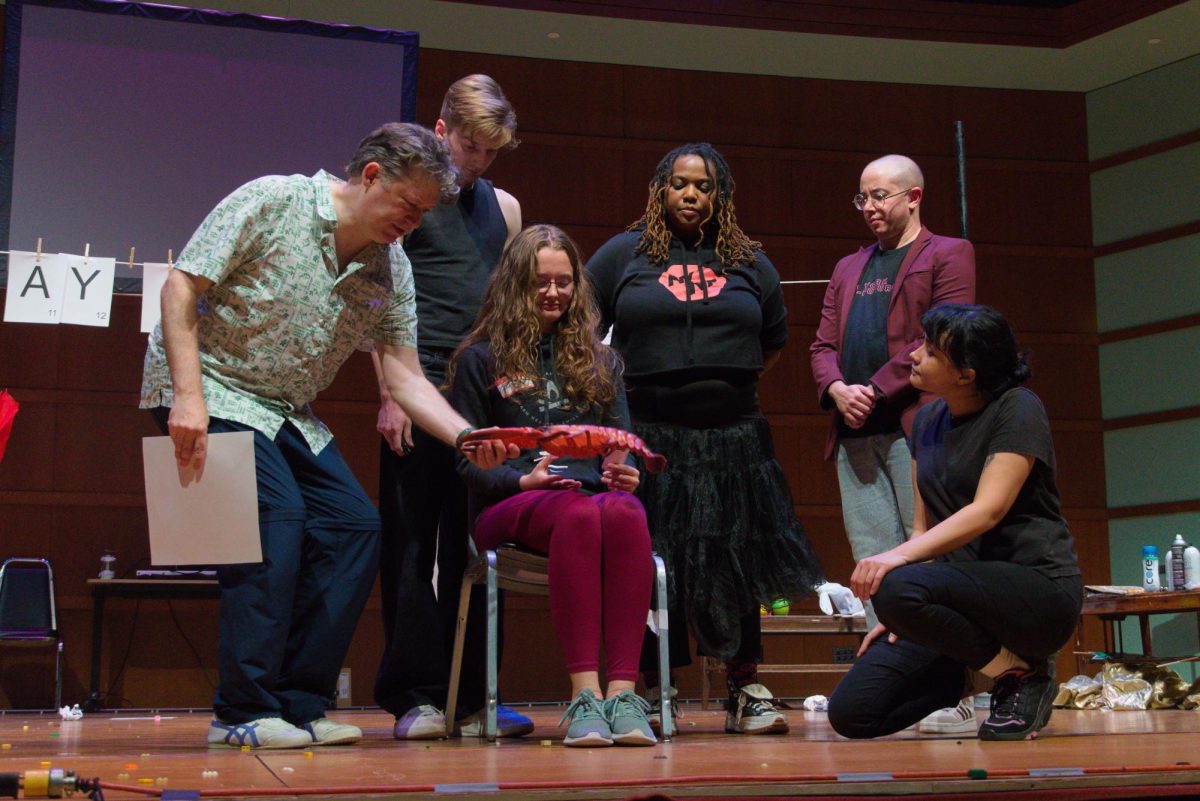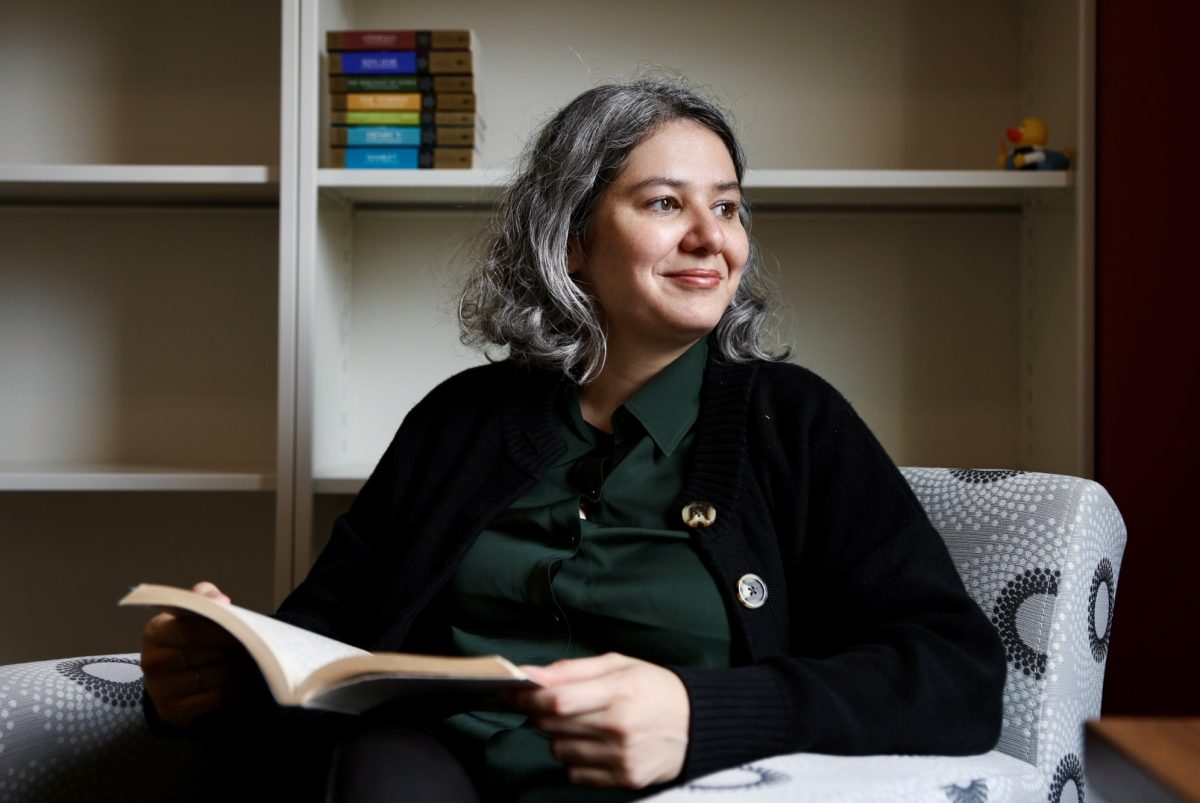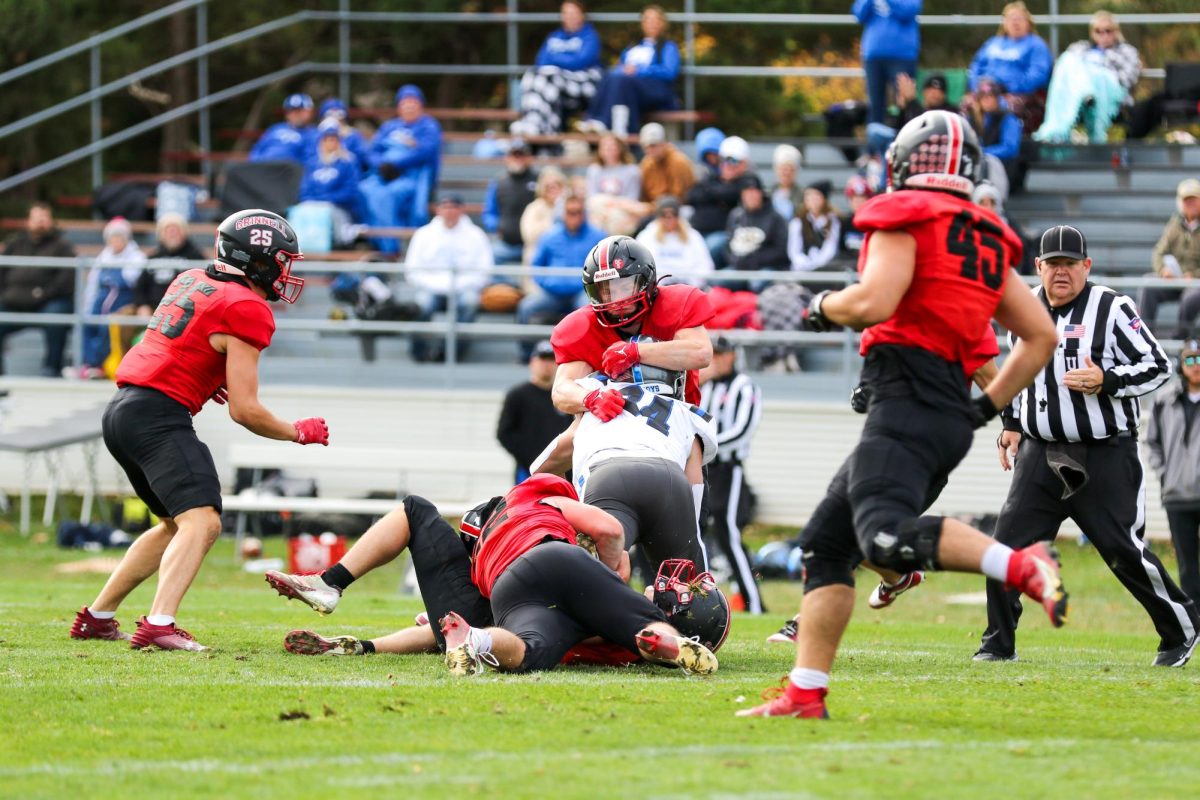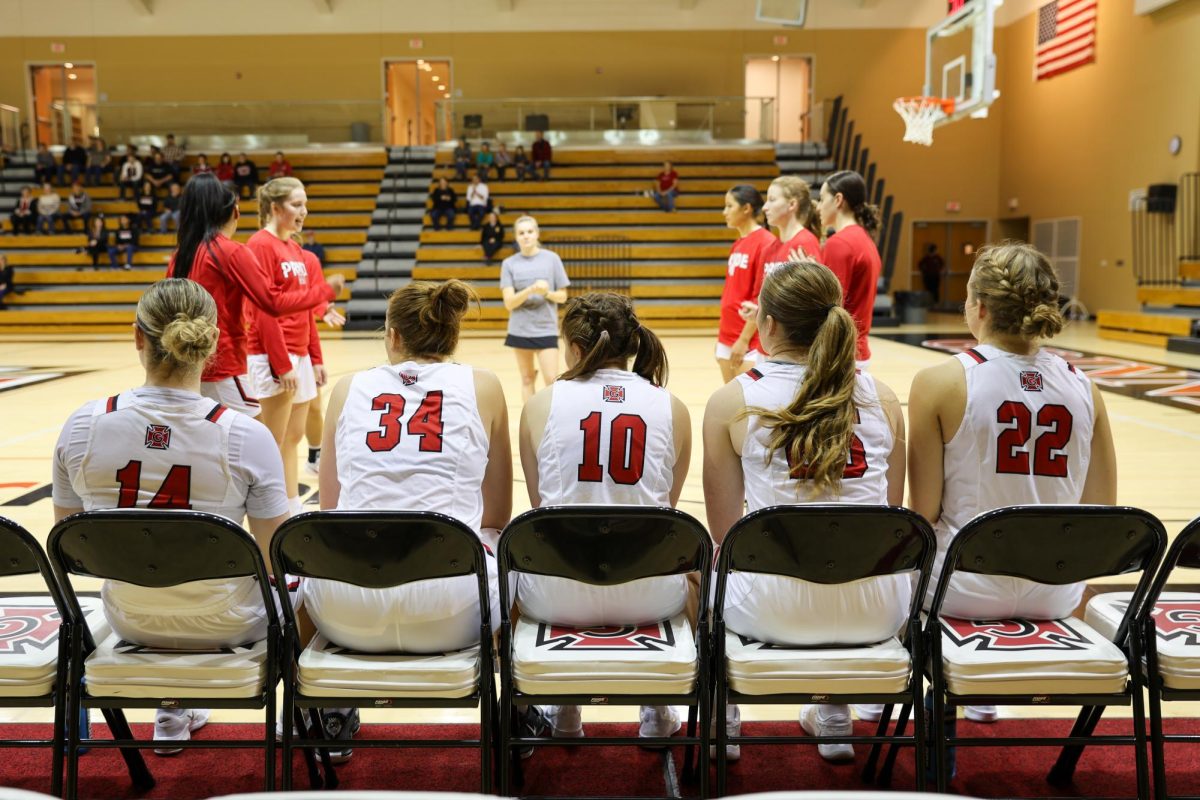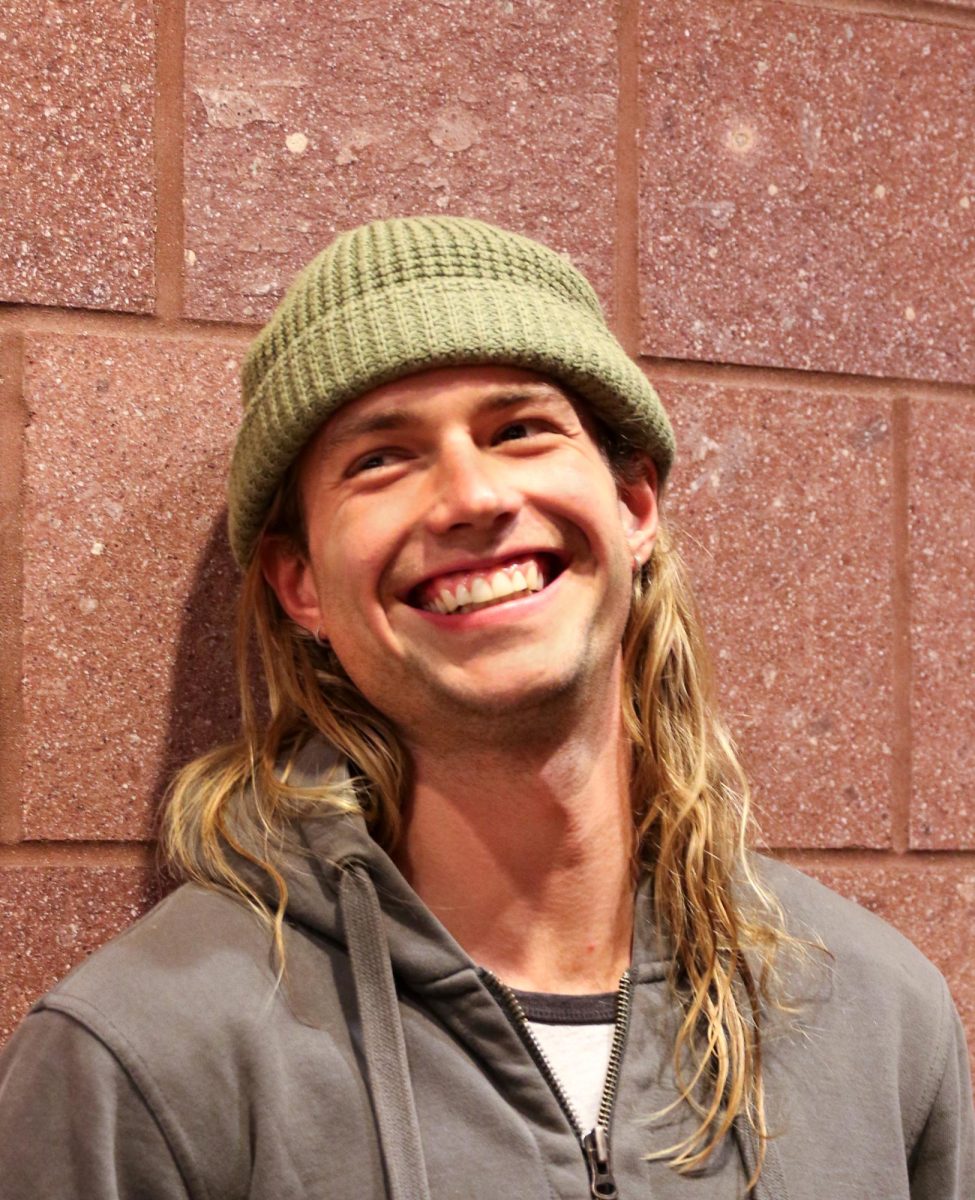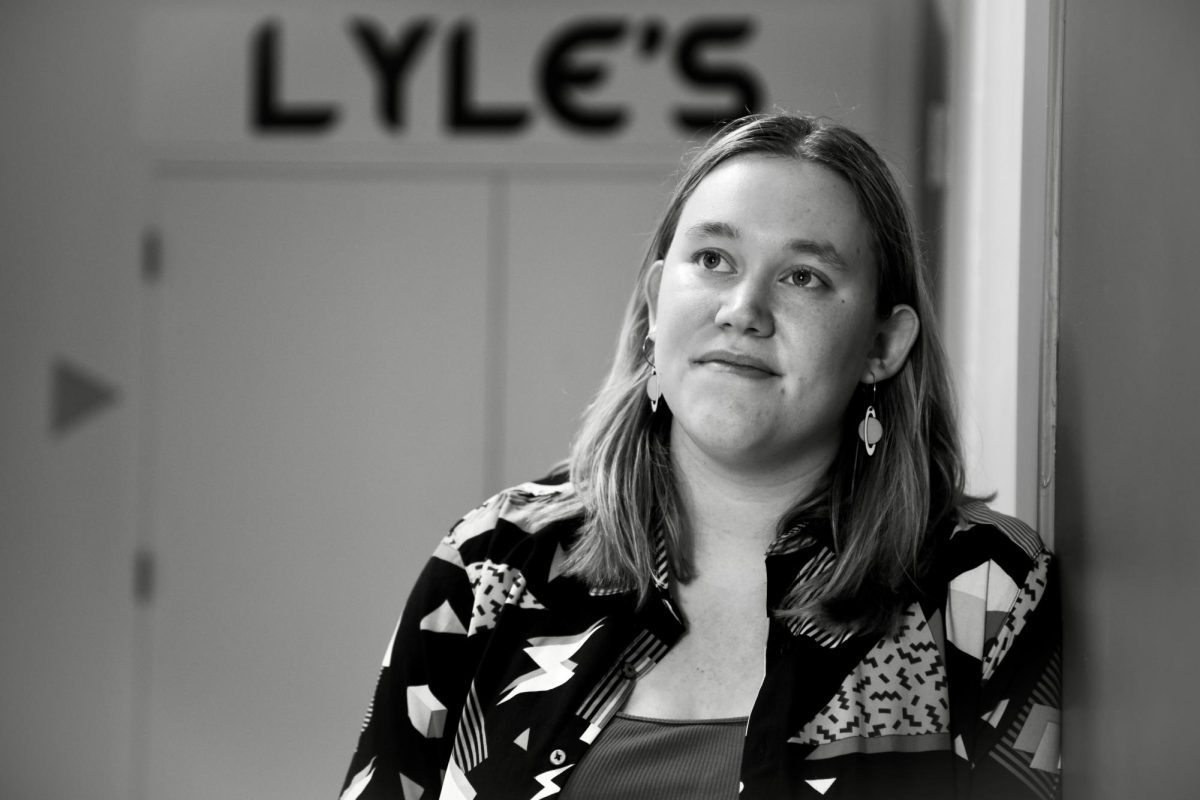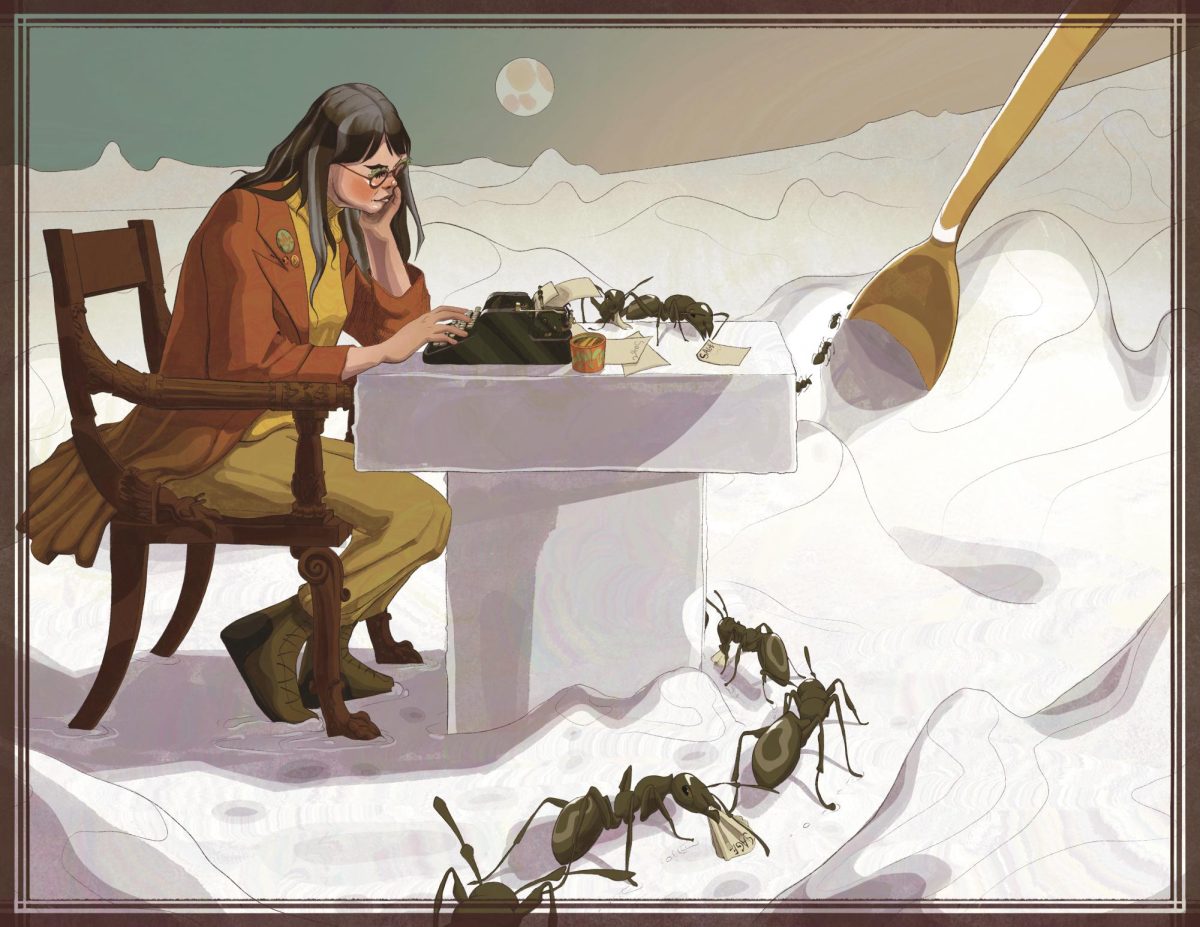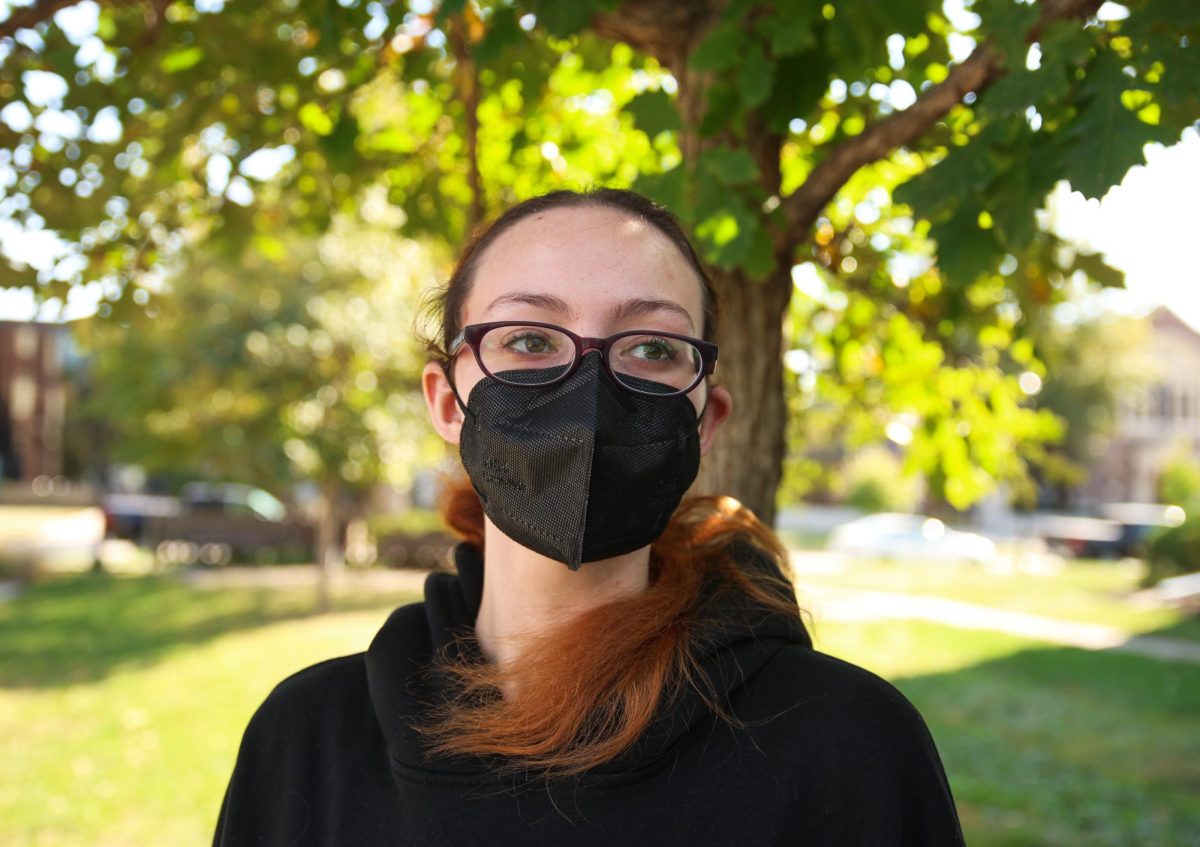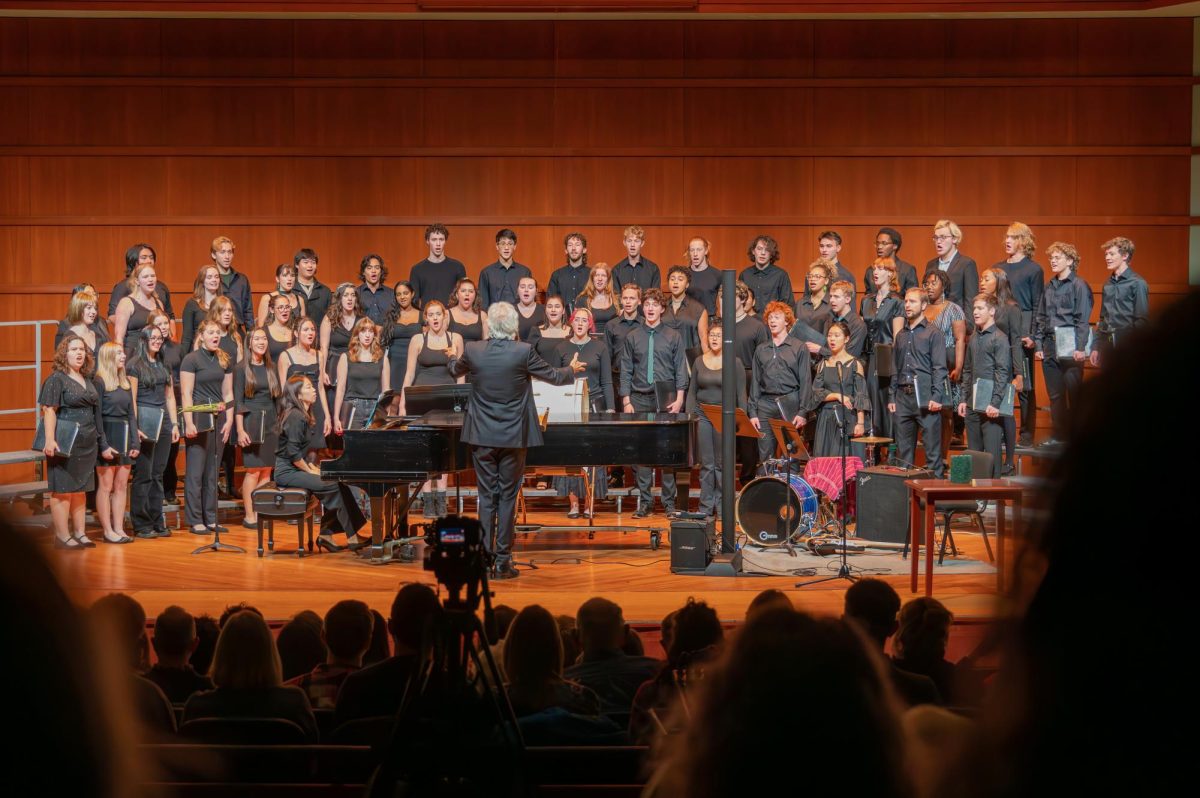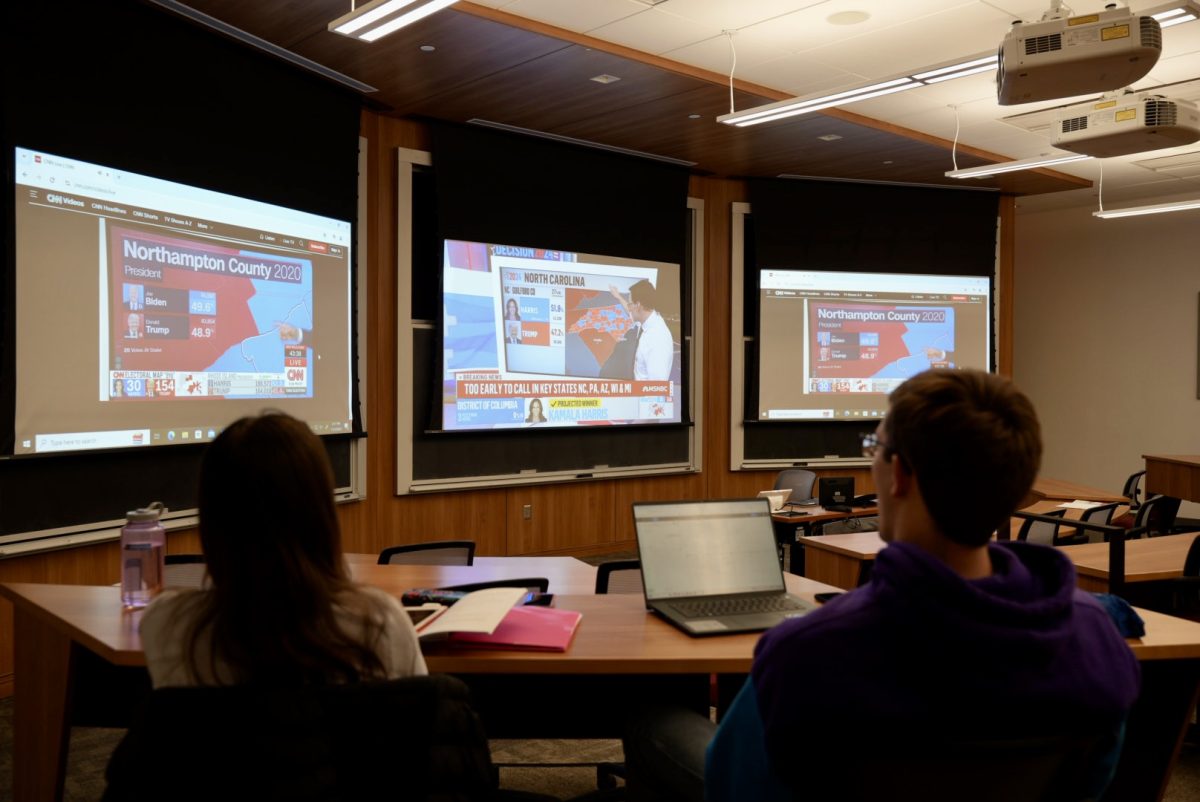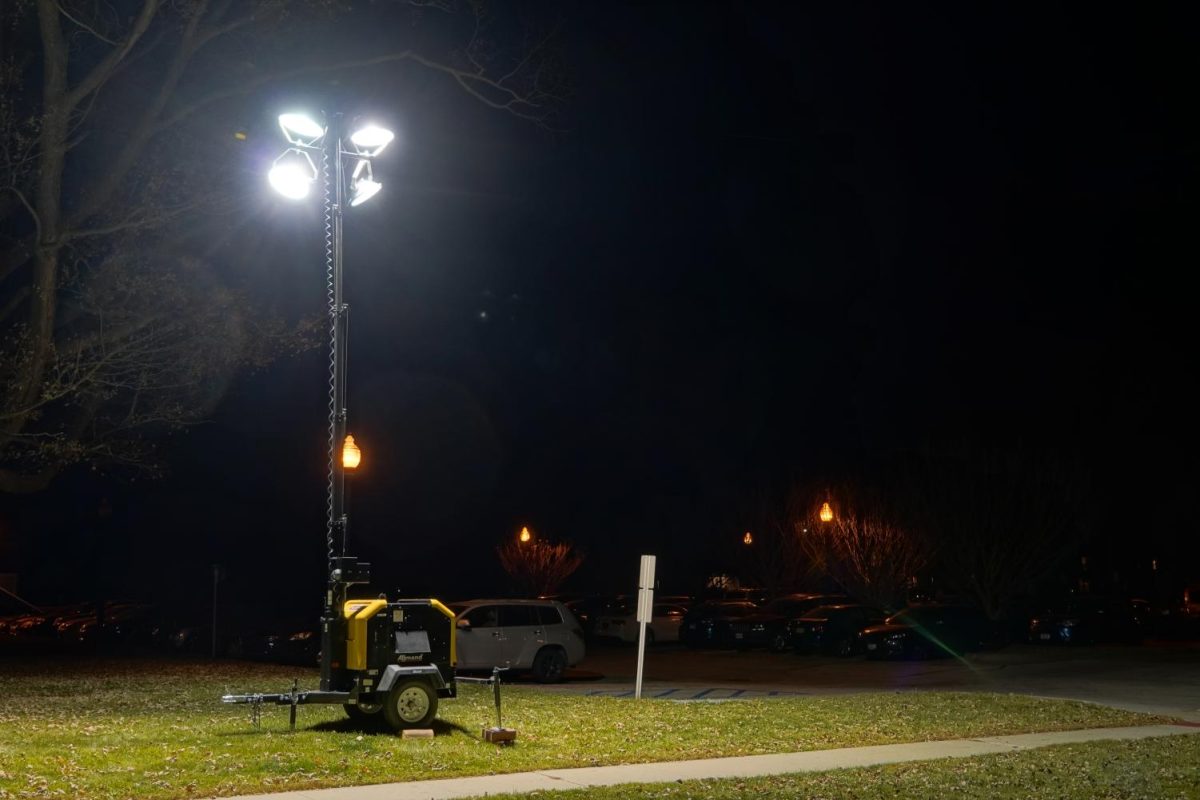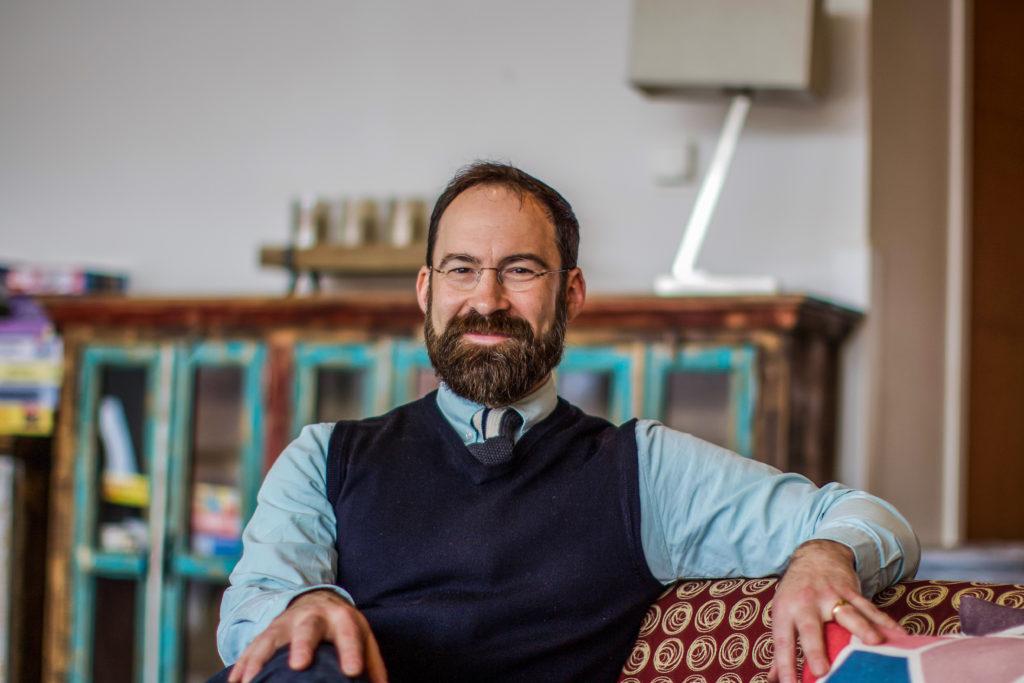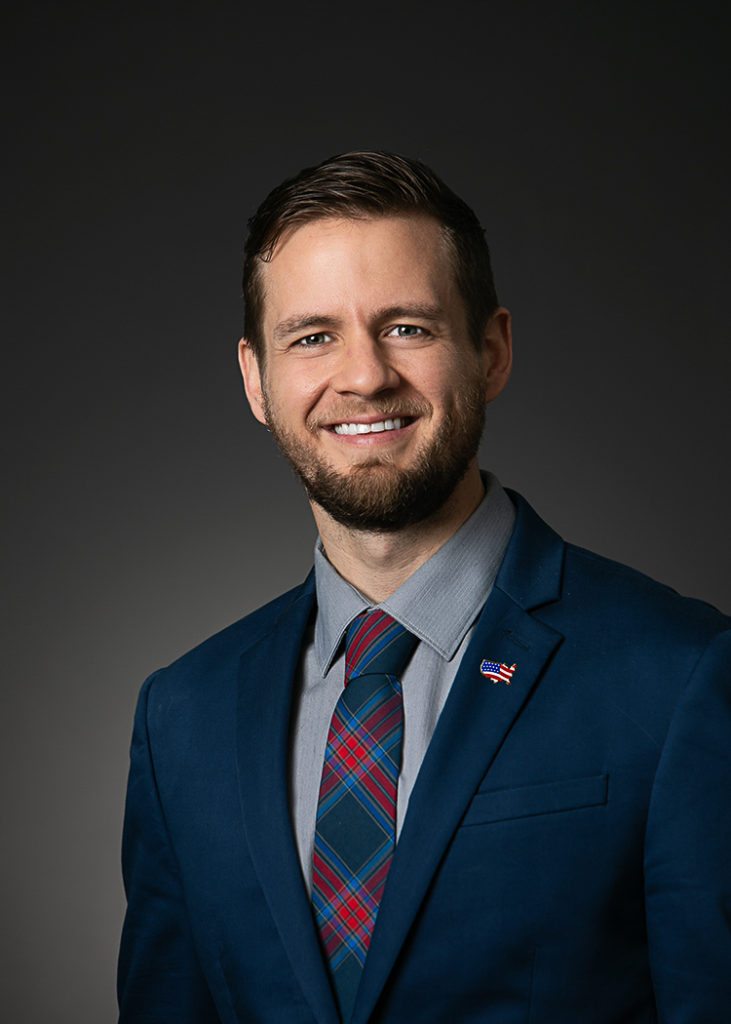After six years of working with the College, Conard Environmental Research Area (CERA) Manager and Outreach Coordinator Elizabeth Hill will be departing Grinnell this week to further her environmental goals. Since her arrival at the prairie, she has worked to expand CERA’s status as not only a reclaimed prairie, but also an interdisciplinary landscape available to all students.
Her efforts to improve the accessibility of the research area showcases the best of a liberal arts education at Grinnell, and have impacted the classrooms in CERA. The prairie has hosted a number of plays and concerts, and currently incorporates studio art from students as a part of its facilities, some of which are on display now. Although Hill will be leaving the College soon, she has left her mark on its history.
Hill first realized her passion for the Iowa environment many years ago. “When I was [a student’s age], I wrote a book called ‘Hiking Iowa,’ which is a hiking guide to the entire state,” Hill said. After traveling and walking on multiple trails, she felt deeply connected to the natural environment around her and had a certain fondness for the well-worn tracks. Hill was stunned when an acquaintance asked, “Is that [book], like, performance art?”
Since then, Hill has worked to “find the ways of seeing, and describing, and sharing the subtle beauties of Iowa. My whole thing about this place is that there are no big, rocky mountains or waters to humble us. Here, it’s the seasons, the weather and the soil.”
And so, Hill began her journey to help conserve the natural Iowa she grew to love by applying for a job as CERA’s manager. She soon became involved with the Center for Prairie Studies as well, working to create events and activities for students to enjoy. “I didn’t realize how integrated, intersectional, and interdisciplinary those two things would be. … I have really tried very hard to engage professors from not just science but many of the other departments as well to have them use CERA in a bigger way. It’s amazing that in just the time that I’ve been here, right now … Lee Running, who is the professor in Studio Art, brings the most amount of students out here. That was an outcome that I didn’t foresee but is something that I’m really proud of,” Hill said.
As the only main staff member working – and living – directly in CERA, her accomplishments in bringing together multiple disciplines also led her to bring together students and faculty. “Just being out there on the landscape with students, that’s where you can just feel the learning taking place,” Hill said. “Yes, I’ve done a lot of mowing and I harvested a lot of seeds, but over the last six years, I’ve also supervised four or five student interns and five [or] ten student workers over the school year. … I would say that the biggest impact that I have is being able to harness and support the work of others.”
Hill will still be in touch with the College and its inhabitants after she moves to Iowa City to work for an environmental consulting firm, but it is her dream to see her replacement continue the progressive way of thinking she has set the standard for – to encourage the natural curiosity of students she has come to love.
While finding a replacement will be difficult, Hill wishes whoever the future manager may be the best, counting on them to deepen the connections she has created with the students here.
The Biology Department is currently processing the request to begin searching for the new replacement, but as of yet, potential hires have not been contacted. In the meantime, some long-term land management – such as prescribed fire – will be deferred while the position is vacant. However, Professor Vince Eckhart, biology, states that the transitory period should be brief.
As for Hill herself, “I think Elizabeth’s energy was infectious to students and her support for them. … That was a distinctive part of her,” Eckhart said. “She is an effervescent person and has a lot of passion for what she does.”
On occasion, when Hill is working with preschoolers, she finds that the toddlers are afraid of the prairie grass brushing against them. To help them ease their way into the fields, she often tells them that “the grass is trying to shake their hand,” which elicits bubbly, delighted greetings from the children. This example is only one of many instances where Hill’s passion for CERA truly shines through.
As a parting wish to students, Hill hopes that they will get a chance to visit CERA one day during their careers, to take a moment to appreciate the harmonious landscape they are able to work with. Until then, the subtle beauty of CERA will still remain, otherwise known by Hill as “the best backyard to have.”
